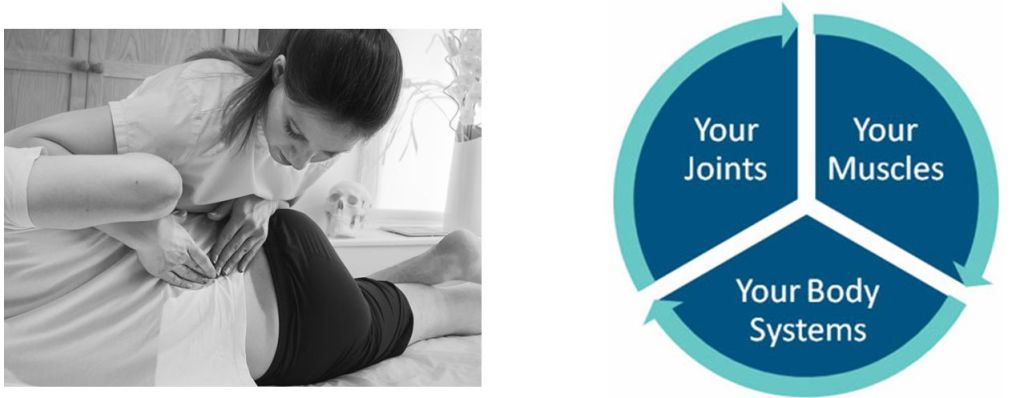
Osteopathy is a form of drug-free non-invasive manual medicine that focuses on total body health by treating and strengthening the musculoskeletal framework, which includes the joints, muscles and spine. Its aim is to positively affect the body’s nervous, circulatory and lymphatic systems.
This therapy is a unique holistic (whole body) approach to health care. Osteopaths do not simply concentrate on treating the problem area, but use manual techniques to balance all the systems of the body, to provide overall good health and wellbeing. a natural medicinealso referred to as physical therapy, involves evaluating, diagnosing, and treating a range of diseases, disorders, and disabilities using physical means. It is considered within the realm of conventional medicine. Methods for diagnosis can vary, depending on the situation, though physical examinations and testing are often employed for evaluation. Treatments can include a wide range of practices, including massage, applications of heat or electricity, and assistance with using mobility devices such as walkers and crutches.
OSTEOPATH TREATMENTS
Osteopathic care focuses on strengthening the musculoskeletal systems to treat existing conditions and to prevent illness.
Commonly treated conditions
• back and neck pain
• postural problems caused by driving or work strain,
• sporting injuries, muscle and joint deterioration
• restricted mobility
• occupational ill-health
The first visit to an osteopath will run along the same lines as an initial visit to a physician. A complete medical history is taken and questions asked about lifestyle, diet and emotional status. The osteopath will want to hear about all symptoms, as well as details of any past accidents or traumas, even if they may seem unrelated to the patient’s current problem.
The patient may be asked to remove some outer clothing and to perform some simple movements. This is so the osteopath can observe how the patient is using their body, identify any obvious mobility impairment and evaluate posture. Neurological and orthopaedic tests help the osteopath to eliminate possible underlying pathologies and differentiate the basis of the patient’s complaint
Osteopaths are highly trained to manually locate points of restriction or excessive strain in various parts of the body. Using a finely tuned sense of touch or palpation, the osteopath will assess the spine, joints, muscles and tendons.
DURING THE OSTEOPATHIC TREATMENT
The initial consultation will take around 45 minutes to complete, after which the osteopath will be able to offer a diagnosis and discuss a treatment program. Treatment could include such techniques as soft tissue stretching, to increase blood flow and improve flexibility of joints and muscles; articulation to mobilise joints by being passively taken through their range of motion; and muscle energy, to release tightness on the muscles by alternatively being stretched and made to work against resistance
If the diagnosis is one that requires further investigation or specialist intervention, the osteopath will suggest a referral to an appropriate practitioner. Osteopaths often treat in conjunction with a Doctor of Chiropractic, Massage therapist or other health care professionals.
Because osteopathy emphasises self-healing, an osteopath may also advise dietary changes, home exercise programs and lifestyle adjustments. All treatment programs are highly individualised and depend on the patient’s current condition, past history, and ability to adapt to change. Most simple problems often require only 3-4 treatments.

